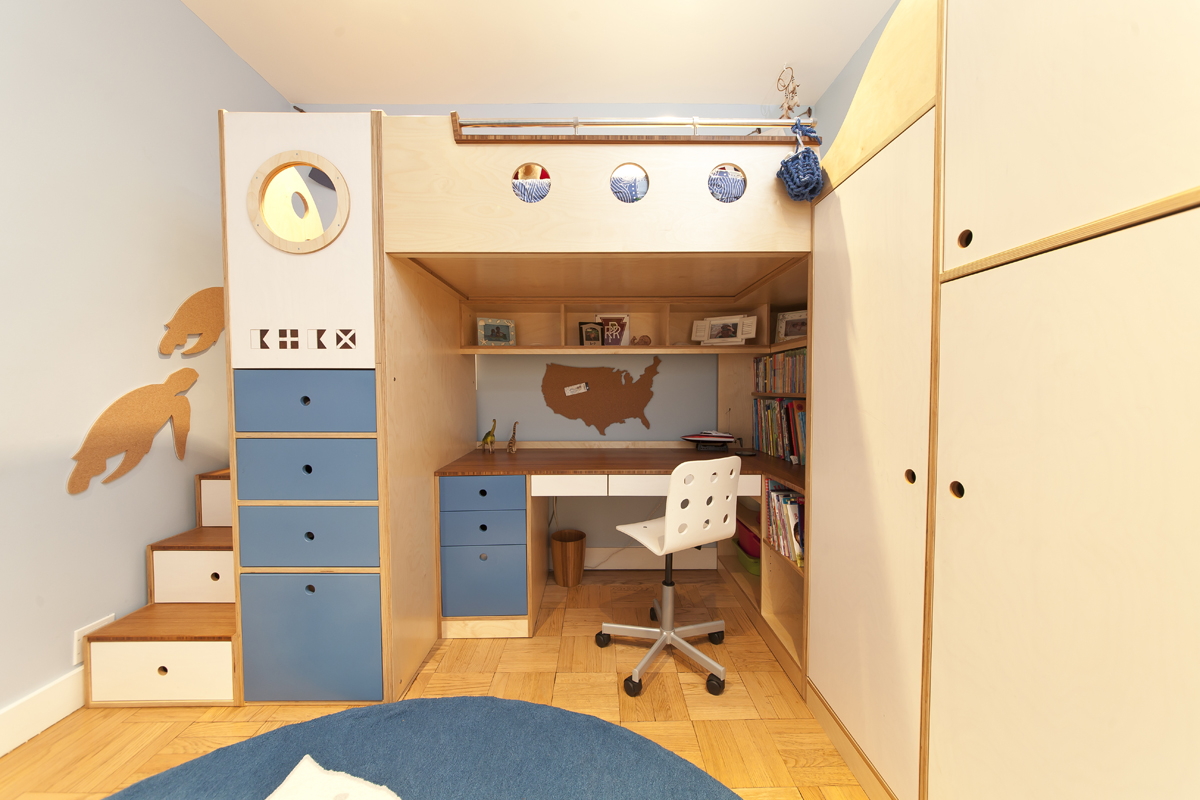Your Cart is Empty

The simplest way to encourage your child to study is to add a desk to their room. This can be challenging if you’re tight on space. Fortunately, with a little creative design, it’s possible to fit a study area just about anywhere.
Traditional Desks
If you have the space, a traditional desk is an excellent choice. Traditional desks provide plenty of room and encouragement for your child’s studies. They’re also great for added storage and work well with open shelving for books and display items.

Desks Under Loft Beds
We recommend placing a desk under a loft bed whenever possible. Not only is it an efficient use of space, it also creates a separate area for studying that can feel separate from the rest of the room, which is for sleep and play, making it a true study space.

Hanging and Floating Desks
Whether you don’t have the ceiling space for a fully lofted bed, you have bunk beds, or you’d prefer to preserve the area beneath a loft, hanging and floating desks are another great, space saving option. These desks attach to the end of your child’s bed or to a wall, eliminating additional desk support structures.

Shelves for Books
While the desk is important, so too are bookshelves. Open shelving is a great way to give your child storage and to readily and accessibly display books, encouraging them to read more.

Desks with Booster Seats for Younger Children
It doesn’t hurt to keep a young child’s future study needs in mind, either. If he or she likes to draw, you may want to use a booster seat and a desk rather than putting a play table in the room. This craft desk easily transitions into a study area when the time is right.